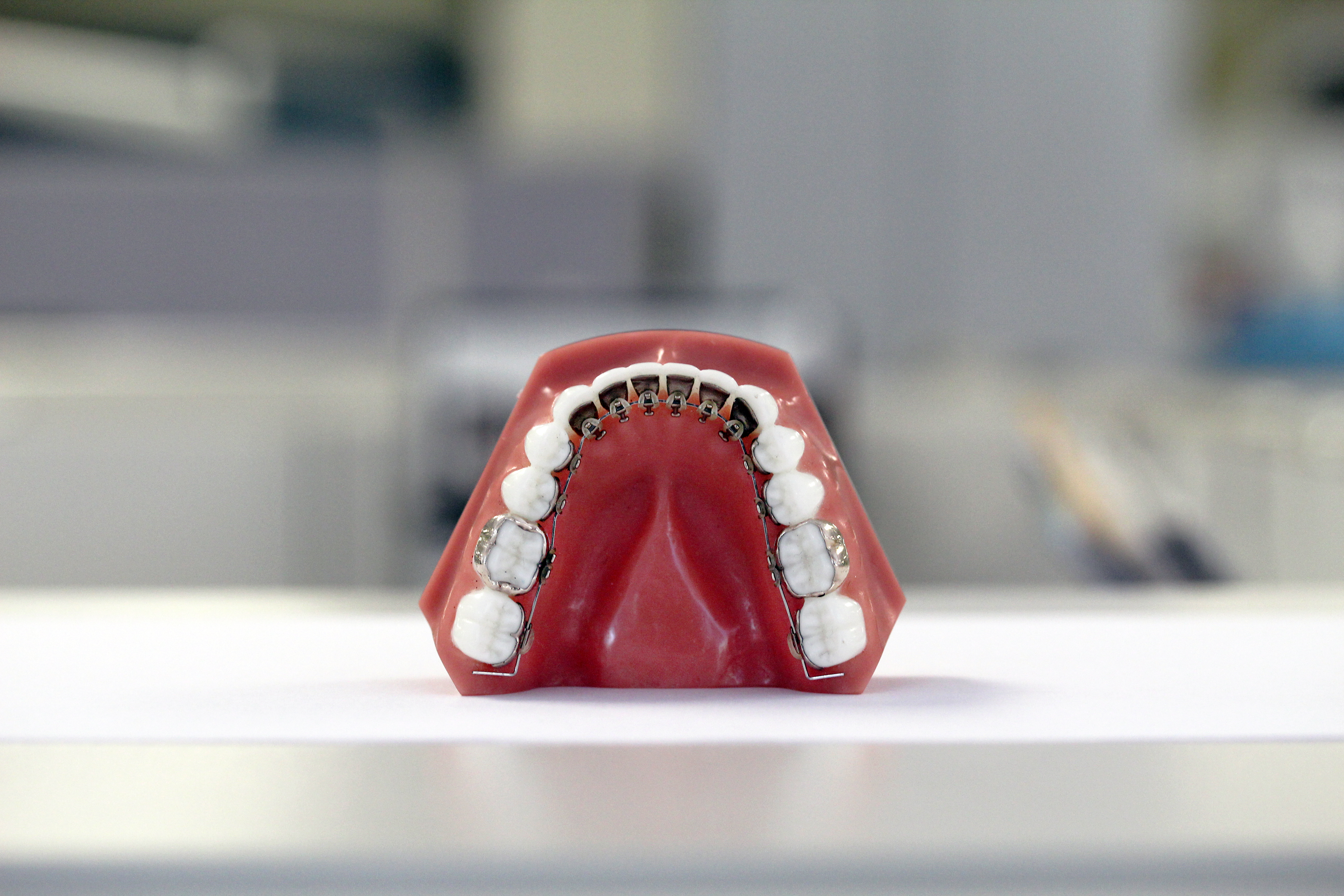If someone offered you a spot at residency program A at no cost, and a spot at residency program B with a $400K signing bonus, which would you choose? The answer is obvious. What’s the catch? Both residency programs are the same duration. Both programs are located in the same state. Both programs are located in the same city. You will become a full-fledged specialist coming out of either accredited program. There is no catch. For any medical resident, this is an absolute no-brainer. Then why are some dental residents still choosing residency program A?
USC vs. UCLA Orthodontics
As usual, let’s take a look at the numbers. As you may or may not already know, most dental residencies charge tuition. In fact, it costs a million dollars to become an orthodontist. I hate to be so upfront about these things, but it’s not just my personality. The fact is, numbers don’t lie. Another fact is that hardly any medical residents and physicians know about this.
Let’s start by looking at the total direct costs to attend residency at USC for orthodontics. Nope, your eyes aren’t deceiving you. You have to pay tuition to attend this residency program. USC Ortho is a three-year program based in Los Angeles.
| Direct Costs | Year 1 | Year 2 | Year 3 | |
| Tuition | $76,264 | $91,055 | $91,055 | |
| Instrument Management System Fee | $765 | $915 | $915 | |
| Dental Equipment | Please contact your department | |||
| Health Insurance | $1,712 | $1,712 | $1,712 | |
| Health Fee | $819 | $919 | $919 | |
| Disability Insurance | $55 | $55 | $55 | |
| Topping Student Aid Fund | $16 | $16 | $16 | |
| Student Programming Fee | $80 | $80 | $80 | |
| Student Service Fee | $28 | $28 | $28 | |
| Total Direct Costs | $79,739 | $94,780 | $94,780 |
The total direct cost to attend USC Ortho for residency over three years is $269,299.
Now let’s look at the total direct costs to attend residency at UCLA for orthodontics. UCLA Ortho is a three-year program based in Los Angeles. As of 7/1/16, UCLA offers their residents a salary of $52,941 per year. In other words, over three years at UCLA Ortho you’d be making $158,824.
What’s the catch?
Yes, you read that right. Residency program A will charge you $269,299 in tuition over three years (assuming no annual tuition increases), while residency program B will pay you $158,824 over three years. Yes, you will lose some of that to taxes. But don’t forget that current interest rates are set at 6% (Direct Unsubsidized) and 7% (Grad Plus) for those residency loans, and don’t forget that you can either invest your salary and expect a decent return or use it to pay off dental school loans. All in all, the raw difference of attending UCLA Ortho over USC Ortho is a net difference of $428,123. If you’re thinking about becoming a prosthodontist, the difference is even greater.
Let’s revisit our original question. If someone offered you a spot at residency program A at no cost, and a spot at residency program B with a $400K signing bonus, which would you choose? The answer is obvious, I hope. Hypothetically speaking, let’s say that residency program A and residency program B are in different states with program A having a vastly reduced cost of living. And for sake of argument, your entire family, fiancé/spouse, and future job network are located in that cheaper state. Now I can start to see why someone may chose residency program A over residency program B. However, I know a pretty large number of people who would say bite the bullet for three years and take that $400K.
But knowing that both programs are the same duration, located in the same city, and have the same exit opportunities, why wouldn’t someone take that $400K in cash?
Yes I may be biased, but I hope you’re not stupid. Pre-dents and dental students — choose wisely.

No responses yet